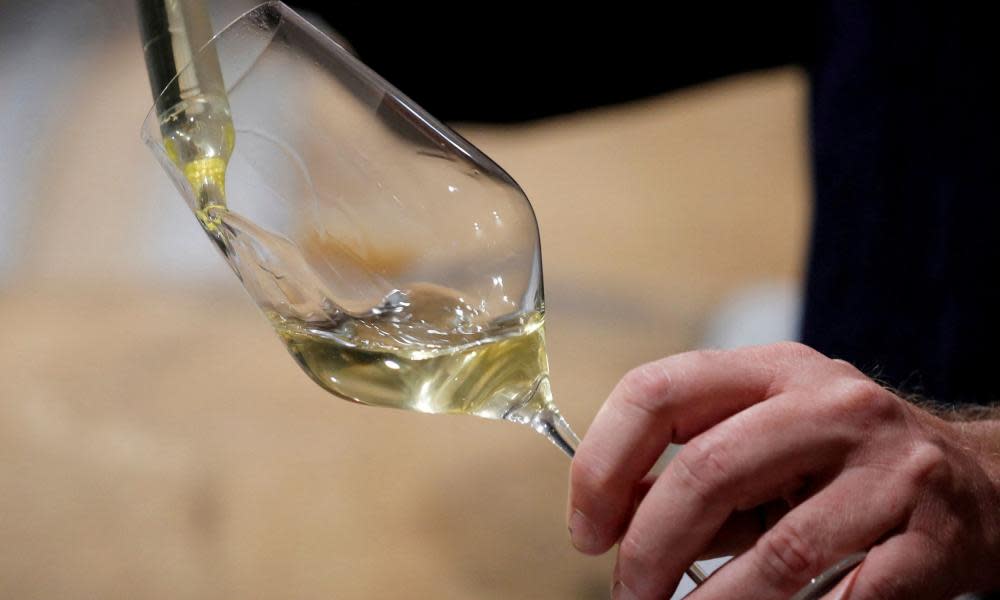Chardonnay has come a long way since Footballers’ Wives

Grove Mill Chardonnay Marlborough, New Zealand 2020 (£9.95, The Wine Society) You can find excellent wines made from pretty much any grape variety in the southern hemisphere these days. There’s a real signature to wine styles such as Central Otago pinot noir, Swartland chenin blanc-based blends, Barossa shiraz, Maipo cabernet sauvignon and Mendoza malbec. These are every bit as distinctive as styles made using the same grape varieties in the French regions where they made their names. The exception to this rule is chardonnay. So many southern hemisphere producers have adopted a Burgundian style (or styles) that I find it harder each year to separate them from the ‘originals’. Grove Mill’s keenly balanced, gently savoury Marlborough chardonnay, for example, could easily pass for a much pricier Burgundian bottling.
Rustenberg Wild Ferment Unwooded Chardonnay Stellenbosch, South Africa 2022 (£12, Tesco) New Zealand chardonnay is some of the best in the world, and often fantastic value, too – even the more expensive bottlings, such as the wonderfully bright and precise Dog Point Chardonnay 2019. At £29 it’s not cheap, but it’s at least as sophisticated as many white Burgundies at twice the price. South Africa, too, is responsible for some outstanding chardonnay in a variety of styles. The very grand Rustenberg estate in the Cape’s winemaking heartland, Stellenbosch, produces a green apple-crisp, clean-lined and fluent expression, while the ocean-cooled Hemel-en-Aarde Valley is the source of the astonishing depth of oaky-smoky-savouriness and crystal clear acidity of Restless River Ava Marie Chardonnay 2020 (£45, swig.co.uk).
Penfolds Max’s Chardonnay Adelaide Hills, Australia 2019 (£19.99, Waitrose) It’s become a wine-writing cliché to note just how far Australian chardonnay has come since it first won over British drinkers with its infusion of sunshine, tropical fruit and butterscotch oakiness in the 1980s. But for the past 20 years, the best Australian winemakers have been using chardonnay to produce exceptional white wines in a range of styles, from the richly oaked and ripe to the – much more common these days – incisively mineral, fresh and balanced. Even firms that are much better known for their red wines – such as Penfolds, makers of Australia’s most famous red wine, Grange – will often do a nice line in chardonnay, with the Max’s Chardonnay, named in homage to the man who created Grange, Max Schubert, a resonant combination of baked citrus and apple and shortbread-biscuit.
Follow David Williams on Twitter @Daveydaibach

 Yahoo Movies
Yahoo Movies 
